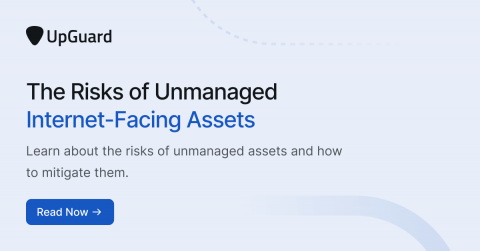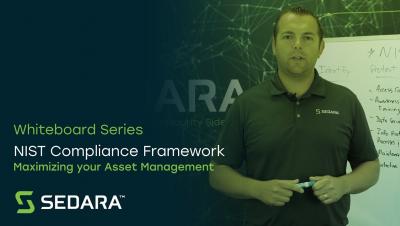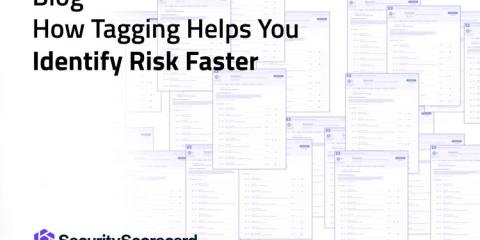Cybersecurity Asset Inventory in Your Home
Back in 2015, we published an article about the third party risks that are introduced into a home network. Now, eight years later, it is a good time to revisit the landscape of the home network. If we think about the technology in most homes in 2015, it was fairly sparse, consisting only of a router with an internet connection. The speed of most home internet connections was well below 100Mbps.








